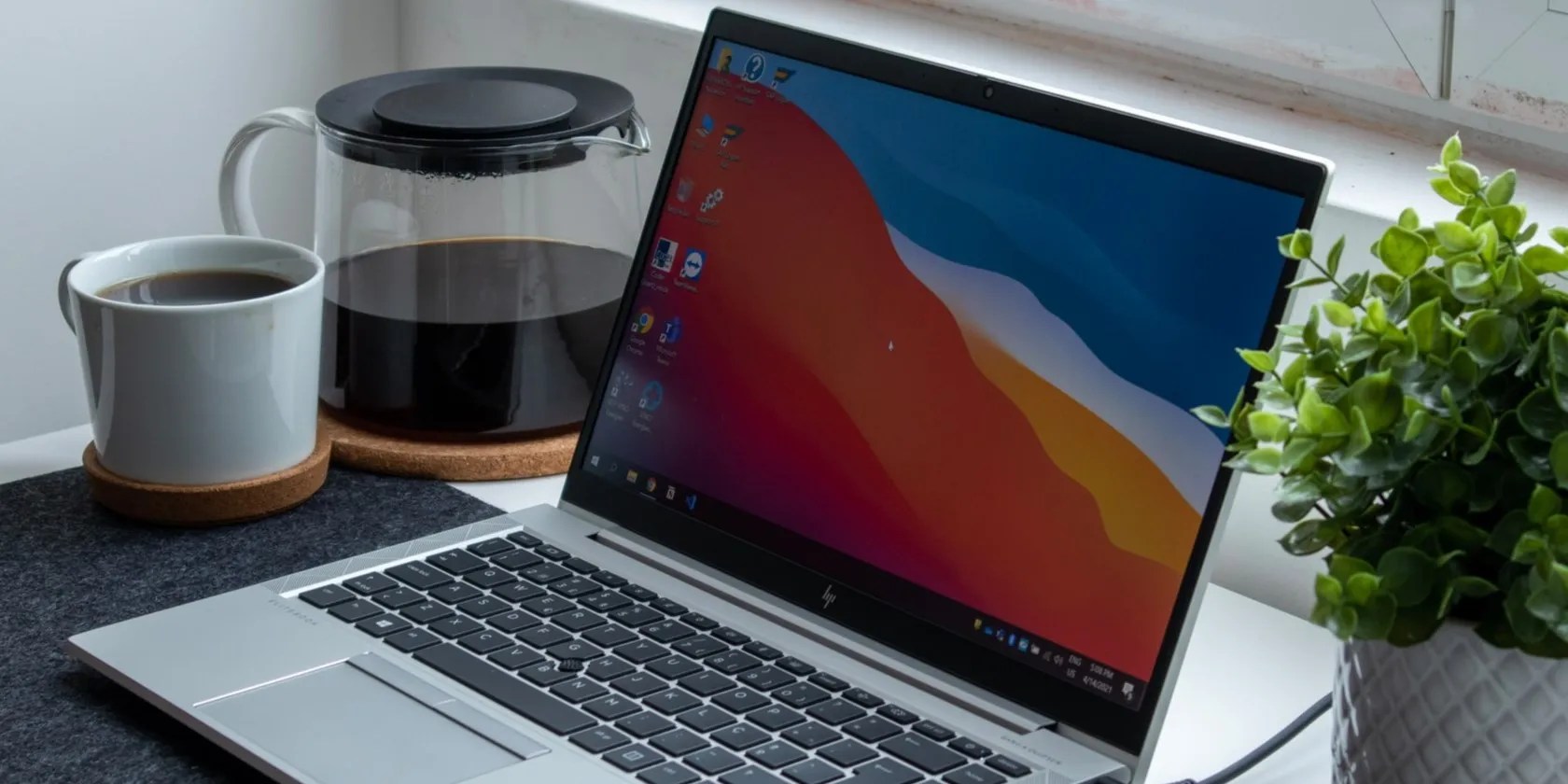6 Ways to Change a Volume Label on Windows 11
By default, Windows assigns typical names to every drive you connect to your PC. However, you can always change the volume labels to make them more descriptive.
you could assign a unique name of up to 32 characters for NTFS drives or 11 characters for FAT drives, including spaces. While NTFS drives can have mixed-case labels, FAT drives are always stored in uppercase, regardless of how they are entered. We’ll show you how to change the volume label on Windows in six different ways.

1. Change Volume Label With File Explorer
File Explorer is the quickest way to change the volume label on Windows. It’s as simple asrenaming a file on Windows. Here’s how to do it.
If you’re using a Standard account, you’ll need to enter the administrator’s password to proceed with the change.

2. Change Volume Label Using the Settings App
The Settings app has a dedicatedDisks & volumessection that lets you manage drives and perform advanced storage-related tasks. Aside from changing the volume label, you can also change the drive letter orformat a drivefrom this menu.
Follow these steps to change the volume label using the Settings app:

3. Change Volume Label via the Disk Management Tool
If you prefer to do things the old-fashioned way, you can use the Disk Management tool on Windows to quickly rename a drive on your PC. Here’s how you can go about it.
4. Change Volume Label Using Command Prompt
If you’re an avid Windows user who prefers to make changes via the command-line interface, it’s possible to change the volume label on Windows by running a few commands. Fortunately, this isn’t as intimidating as it might sound.
Follow these steps to change the volume name using Command Prompt:

Replacein the above command with the drive letter noted earlier. Likewise, replacewith the actual name that you wish to use.
So, for instance, if you were to rename thedrive EtoBackup, here’s what your command should be:

If you already know the drive letter, you can change the volume name by running a single command mentioned in the last step. For more, why not try somefun tricks in the Command Prompt?
5. Change Volume Label Using PowerShell
Like Command Prompt, you may also use Windows PowerShell to rename drives on your PC. Here’s what you’ll need to do.
First,replacein the above command with the drive letter noted in the last step. Next, replacewith the actual name you want to use.
For instance, you would enter this command to rename thedrive EtoBackup:
6. Change Volume Label With Registry Editor
The Registry Editor on Windows holds essential files for Windows and its services. If you’re a power user familiar with the Registry Editor, you can change the volume name using the following method.
It’s important to note that modifying registry files without knowledge can cause irreversible damage to your system. Thus, you should only use this method if you’re comfortable editing registry files. Also, ensure you back all your registry files orcreate a restore pointbefore proceeding with the changes below.
Changing Volume Labels on Windows
By giving your drives descriptive names, it’s possible to easily distinguish them. You can pick any methods you like to rename drives on Windows. With volume labels sorted, don’t forget there are other ways to categorize your volumes in Windows.
Did you know you’re not tied to the default letters for system and removable drives? You can give them whatever letters you want.
Some subscriptions are worth the recurring cost, but not these ones.
Turn these settings on, and your iPhone will be so much better than before.
The fix was buried in one tiny toggle.
Freeing up vital memory on Windows only takes a moment, and your computer will feel much faster once you’re done.
Anyone with more than a passing interest in motorsports must see these films.